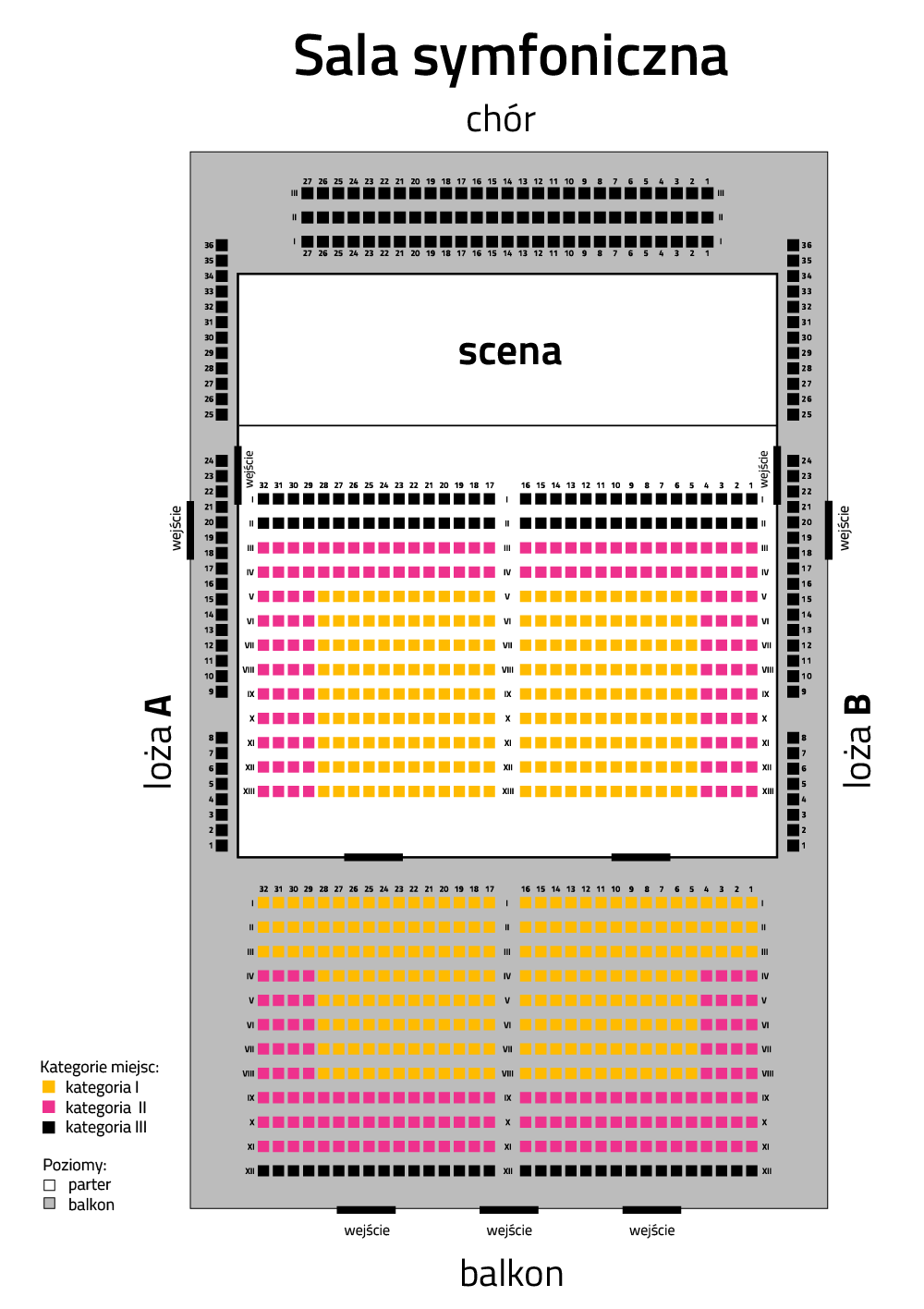There is a country in Europe whose hegemony in the music world hasn’t been the subject of discussion for several centuries. One could even risk proposing that nineteenth-century national trends were actually a reaction to the dominance of this musical culture. Of course we speak of Italy!
In the eighteenth century there were several rebellions against Italy. For example, the English, who told the Italian castrates in the islands “enough”, or the Viennese who founded the "National theater" (1776) to admire operas in German, such as Mozart's "The Abduction from Seraglio". As well as “Also at the Teatr” in Warsaw, the director Louis Montbrun sensing what was coming (or perhaps sensing profit) and staged "Poverty Made Happy" by Kamieński and Bogusławski (1778).
In the 18th century the position of Italian music, both vocal and instrumental, was extremely strong and only the French could compete there. Their mutual disputes became historical. In the field of instrumental music (but actually opera as well) the differences between the French and Italians were as follows. The Italians preferred a melody or bel canto melody and freedom in musical decoration and improvisation, while the French considered these qualities a sign of bad taste – all musical decorations had to be written, in order not to leave much to performative freedom. When Italians visited the French opera, they were still waiting for arias, which ... had already been. In French music the melody was not the most important thing, the rhythm and the dance were more important. Italian opera advocate Jean-Jacques Rousseau even said that in the French opera "everything is dancing for everything". Since the term bel canto, characteristic of Italian music, has already been mentioned, it is important to note that we are also referring to a group of Italian composers in the first half of the nineteenth century, Rossini, Bellini and Donizetti. The classic work of bel canto is the opera "The Barber of Seville", to which we will hear the overture. Musical verve, joke and chant – this is how we can characterize this music, and on the plus side, it is worth adding that in this overture, the cantilever themes are served by the oboe.
For the oboe part of the concert we present a concerto by Antonio Pasculli (1842-1924), composer and instrumentalist, nicknamed the Paganini of the oboe. The concerto is subtitled "Favorite" and is homage to Gaetano Donizetti. We will hear themes from the famous opera, both in singing and virtuoso variations. Antonio Pasculli's composition is part of a practice of composing technically demanding pieces for various wind instruments, the canvas being melodies from popular operas. They were written to surprise the public with breakneck ways of transforming commonly-known phrases – in a word, instrumental bravado in a pure form. The soloist of the Friday concert, Spanish oboist Cristina Gómez Godoy, will face a technically demanding piece, and we can be sure of the effect, as records show that Madame Gómez Godoy can with ease perform purely virtuosic pieces as well as play oboe cantilenas. Despite her young age she has appeared as a soloist in many renowned halls, such as the Berlin Philharmonic Orchestra, the London Symphony Orchestra and the Filarmonica della Scala di Milano.
Mendelssohn’s Symphony No.3 is proof that the fascination with Italian music also reached to the Romantics. Here is a German composer who led a resurrection of Bach, causing a renewal of the German spirit at the beginning of the nineteenth century, writes a totally Italian.. Mendelssohn admired the beauty of sunny Italy during his travels in Europe between 1829 and 1831. He was greatly impressed by the joys of life and weather, the qualities so characteristic of the Italians. He decided to picture this in music. From the first bars of the first part, singing and joy dominate. The second part is a somewhat minor mood (and that is also the tonation) – a musical image of the religious celebration that the composer saw in Naples. In the third movement we find a customary minuet, followed by a daring finale, referring to the medieval Italian saltarello dance. Paraphrasing the words of Joseph Reiss: "The most beautiful of all is ... Italian music". At least this evening...
------------------------------
Mikołaj Rykowski PhD
Musicologist and clarinetist, doctorate, and associate at the Department Music Theory at the Paderewski Academy of Music in Poznań. Author of a book and numerous articles devoted to the phenomenon of Harmoniemusik – the 18th-century practice of brass bands. Co-author of the scripts "Speaking concerts" and author of the spoken introductions to philharmonic concerts in Szczecin, Poznań, Bydgoszcz and Łódź.
Exhibition available during event:
VI Międzynarodowe Biennale Plakatu Społeczno-Politycznego“Dwanaście uniwersalnych wartości:
nadzieja, tolerancja, szacunek, wolność, przełamywanie barier, spotkanie, odpowiedzialność, sprawiedliwość, porozumienie, solidarność, dialog, równość, które określiły nasze działania, jako drogowskazy wpisuję się w idee Biennale i stanowią linię przewodnią i motywację dla naszych dalszych działań”. Za słowami
Leszka Szustera – dyrektora Międzynarodowego Domu Spotkań Młodzieży i
Pawła Warchoła – kuratora wystawy, podpisało się kilkuset artystów z 27 krajów, tworząc
594 plakatów. Dzieła te stanowią graficzny odzew na współczesną rzeczywistość.



